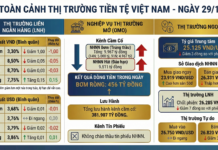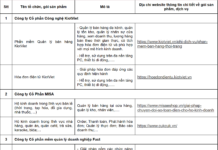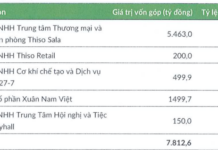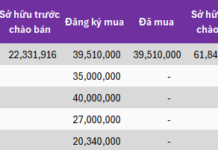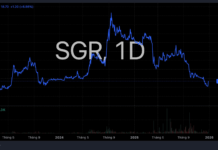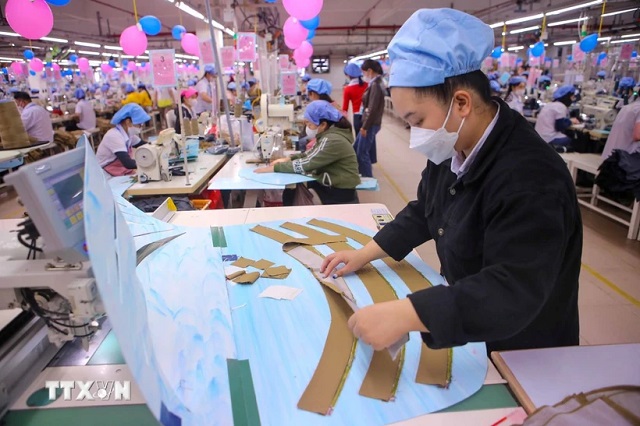
Garment workers at the May 29/3 Textile and Garment Joint Stock Company. (Photo: Tran Le Lam/TTXVN)
|
As tensions in the Red Sea persist, the exchange rate between the Vietnamese dong (VND) and the USD has been steadily increasing in recent days, raising concerns among many import-export businesses. Textile, garment, and footwear companies are no exception.
On April 5, the State Bank of Vietnam announced that the VND’s central exchange rate with the USD would be set at 24,038 dong. With the +/-5% margin that is currently being applied, the ceiling exchange rate set by banks is 25,239 VND/USD and the floor rate is 22,836 VND/USD.
The USD price has cooled down today but remains at a high level. Specifically, at the BIDV bank, it is listed at 25,785 – 25,095 VND/USD, an increase of 120 dong in both buying and selling prices compared to the beginning of the week.
Regarding the impact of the USD price increase on import-export businesses, experts believe that for businesses with USD-denominated debts, companies with high USD-denominated debts will be affected as the USD strengthens, leading to exchange rate losses.
This will lead to a decrease in the profits of USD-denominated businesses. However, it depends on the specific business if it generates revenue from the USD or benefits from exchange rate differences with other foreign currencies, which can be used to offset exchange rate losses.
Businesses that import raw materials in USD will face difficulties when the USD appreciates, and the prices of imported goods in Vietnam will increase, reducing consumer demand and thus affecting the profits of importing businesses.
Meanwhile, businesses with foreign exchange earnings from export activities such as textiles, garments, and footwear will benefit from the exchange rate difference when USD/VND increases.
Mr. Bach Thanh Long, Deputy General Director of Garment Corporation 10, said that the textile and garment industry in general faces a two-way impact from exchange rate pressures, as most raw materials are imported from abroad and then processed for export. Therefore, exchange rate fluctuations will have little impact on business results. An increase in the USD/VND rate will help businesses increase the value of their exports, helping them to offset some of the costs of purchasing raw materials.
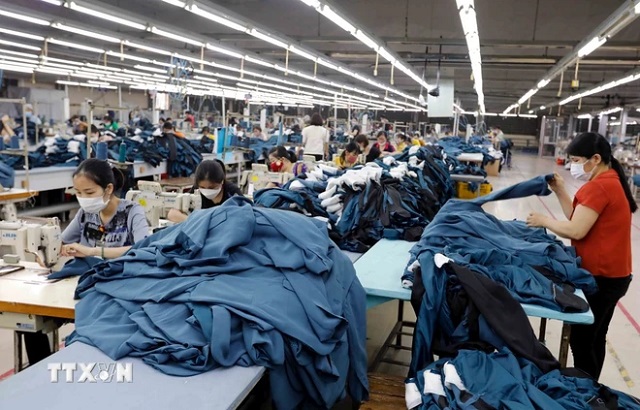
Export garment at May 2 Factory, Ho Guom Garment Company, My Hao Town, Hung Yen Province. (Photo: Tran Viet/TTXVN)
|
However, not all businesses in the textile and garment industry benefit. Many businesses that have to import raw materials and supplies are at a disadvantage and face increased costs when the exchange rate rises. This is not to mention other costs such as transportation, USD-denominated debt, etc.
Normally, an increase in the exchange rate will increase the value of exports. But the downside is that it increases the cost of capital for importing raw materials and equipment, as well as the exchange rate gains and losses. May 10 currently exports to more than 10 markets, such as the European Union (EU), the United States, and Russia. Although it has export orders until August of this year, recent exchange rate fluctuations could affect business results.
According to Mr. Tran Van Quy, General Director of Trung Quy Textile and Garment Company, a business that has to import raw materials in USD and also exports in USD, the difference between buying and selling USD is also causing the business to lose money. This amount is lower than for companies that only import, but it still has an impact when the business is operating in difficult circumstances.
The USD increase is not only affecting textile and garment businesses. Footwear businesses are also in a similar situation. Many footwear businesses argue that when the exchange rate increases, the cost of importing raw materials will increase significantly.
Mr. Tran The Linh, Director of Vien Thinh Footwear Company, explained that typically when the USD price increases, export businesses such as textiles, garments, and footwear will earn more money. However, in reality, not all companies will benefit, especially small businesses. This is because many businesses in the footwear industry are only doing contract work for foreign brands.
The unit price for a pair of women’s shoes has remained almost unchanged for the past few years, hovering around $10/pair. Of this, 80% is the price of raw materials and components, and the rest is the company’s labor cost. So when the USD price increases, the business also spends almost all of it on raw materials and components, and the profit margin is negligible.
Ms. Phan Thi Thanh Xuan, Vice President of the Vietnam Leather, Footwear, and Handbag Association, said that in reality, when the exchange rate increases, there will be contrasting effects, but most of them will cause concern for businesses. The USD appreciation helps export businesses earn more. But businesses that have to import a lot of raw materials for production will face increased import costs. This is not to mention other costs such as transportation, USD-denominated debt, etc.
Meanwhile, many of Vietnam’s competitors are devaluing their currencies more aggressively, making Vietnamese goods less competitive. This is a common situation for businesses in many export industries that use imported raw materials.
In addition, Ms. Xuan also pointed out that even for many businesses that do not use imported raw materials, an increase in the exchange rate will also lead to a significant increase in production costs. Therefore, businesses only hope that the exchange rate stabilizes, as this will avoid disruptions in business operations.
Many textile, garment, and footwear businesses argue that every time interest rates go down, the exchange rate goes up, which directly affects businesses, especially those that import. Therefore, businesses are requesting that regulatory agencies take appropriate measures to stabilize the exchange rate.
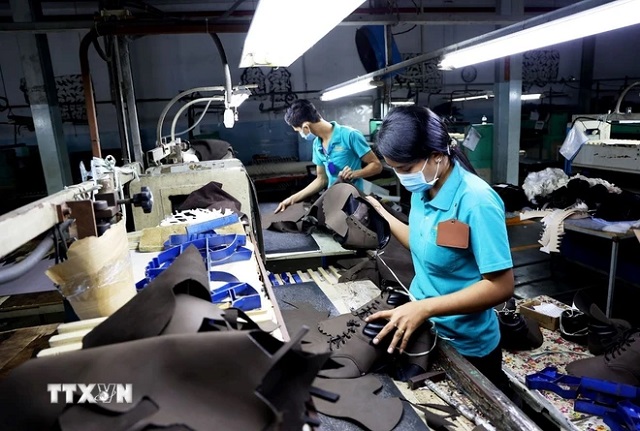 Footwear workers work in a production workshop at Gia Dinh Shoes Co., Ltd., Thu Duc city. (Photo: Hong Dat/TTXVN)
|
According to economists, the exchange rate is being managed flexibly by the State Bank and is being kept stable. However, if the USD continues to appreciate against the VND, there could be a risk of imported inflation. Currently, most of Vietnam’s exports have a high import content. At the same time, many domestic products also have to import raw materials from abroad. In the long run, this will reduce corporate profitability.
In view of the above situation, the State Bank has said that with the US Federal Reserve (Fed) expected to start easing monetary policy in the second half of 2024, international market pressures may gradually ease, with the international USD cooling down along with the Fed’s rate cuts.
In the coming period, the State Bank will continue to closely monitor market developments to manage the exchange rate flexibly, coordinating with other monetary policy tools to ensure that the exchange rate can fluctuate in line with general trends and also ensure that the goal of stability is met, ensuring that foreign exchange reserves are always maintained in a positive state and that foreign exchange is provided for the legitimate needs of the economy.
Hang Tran










